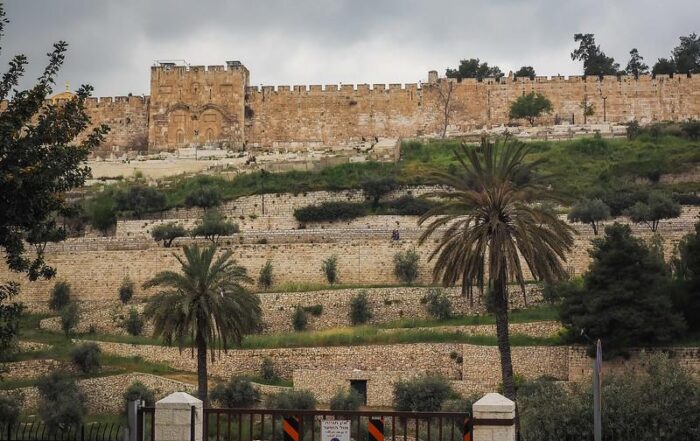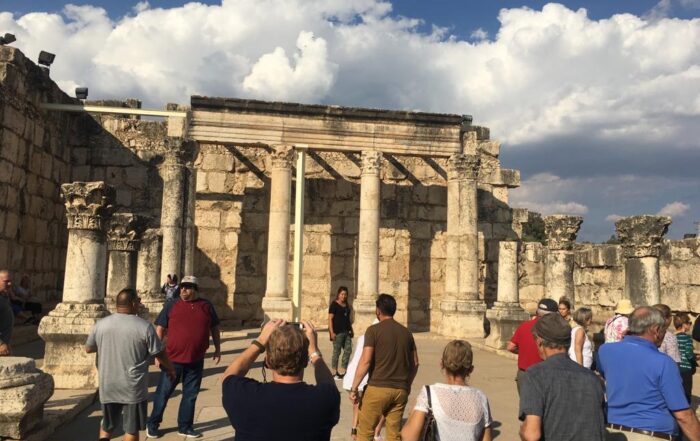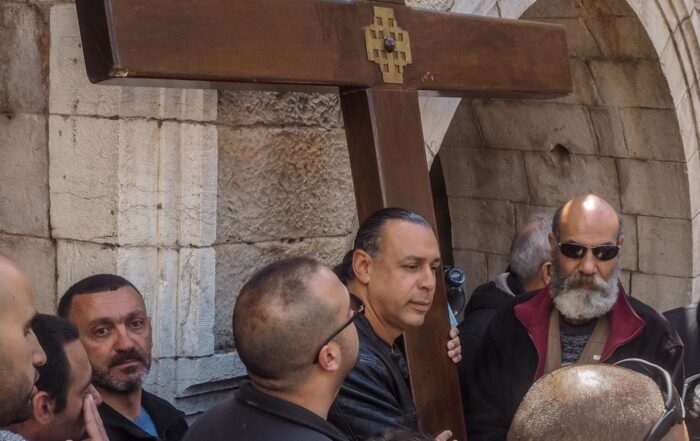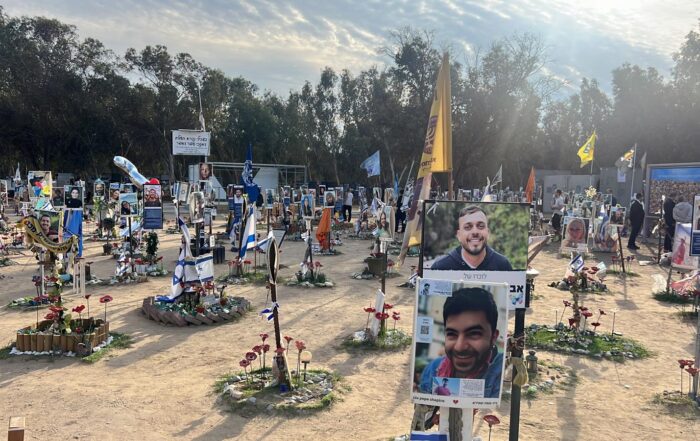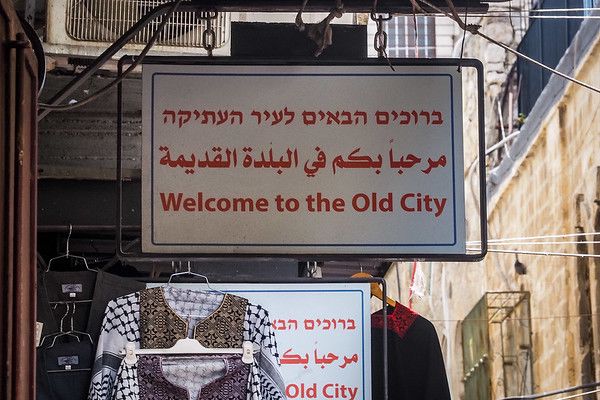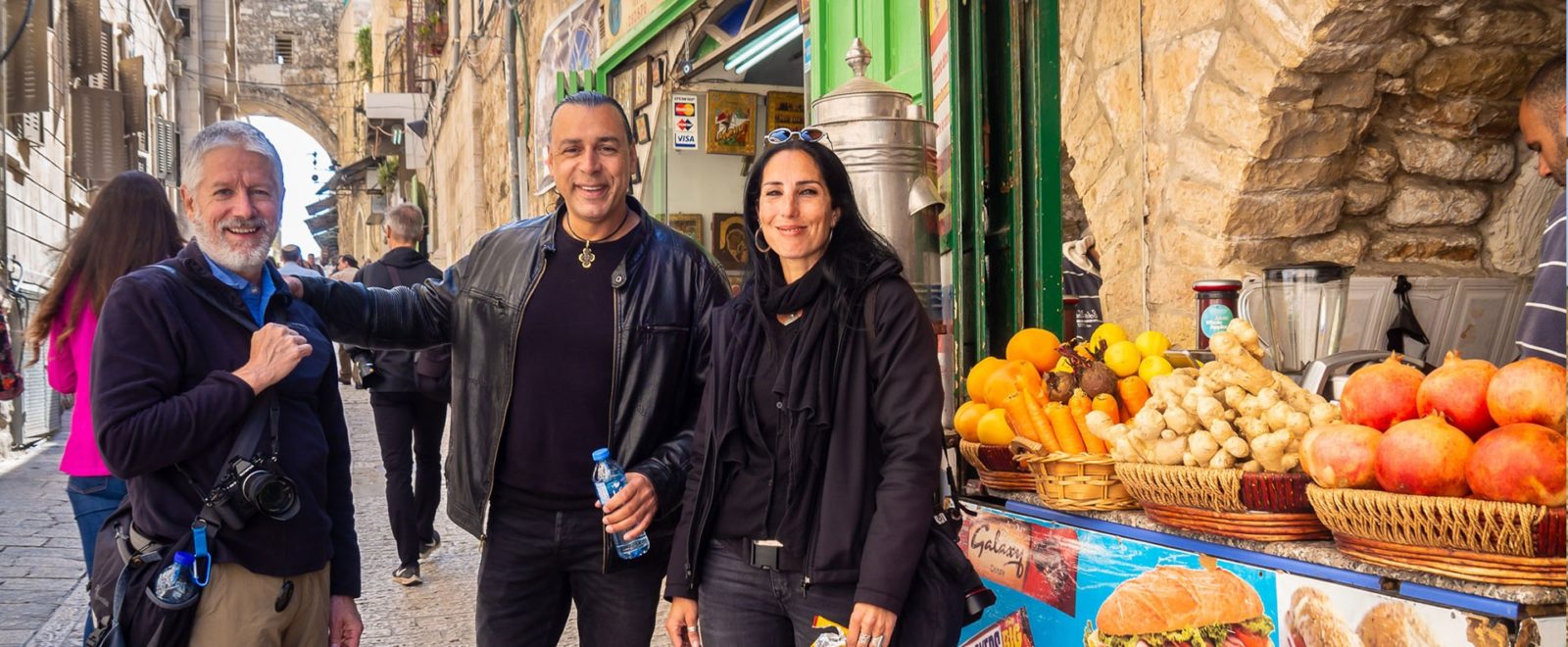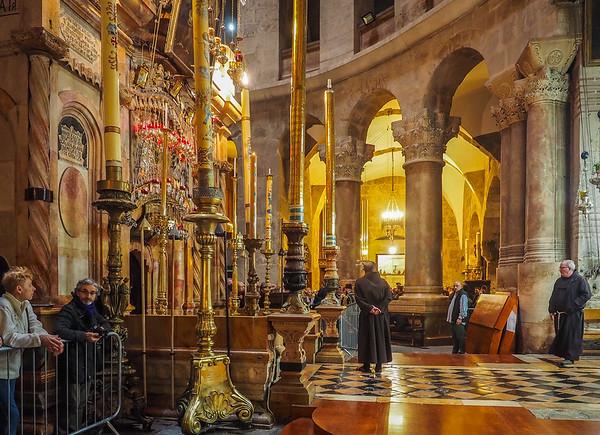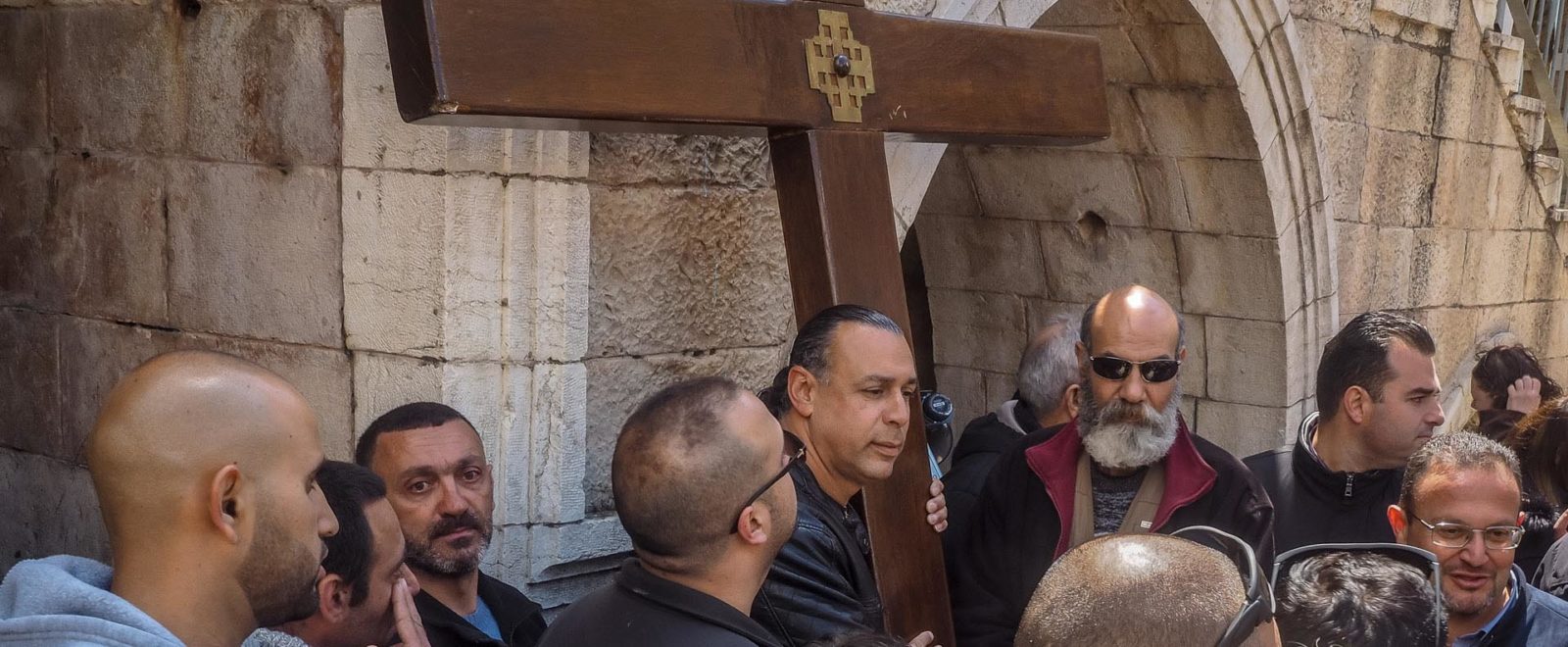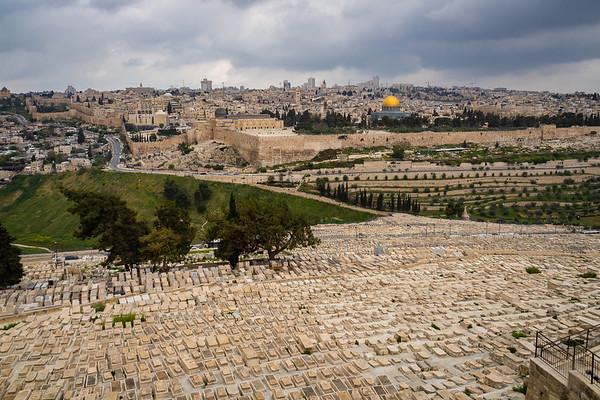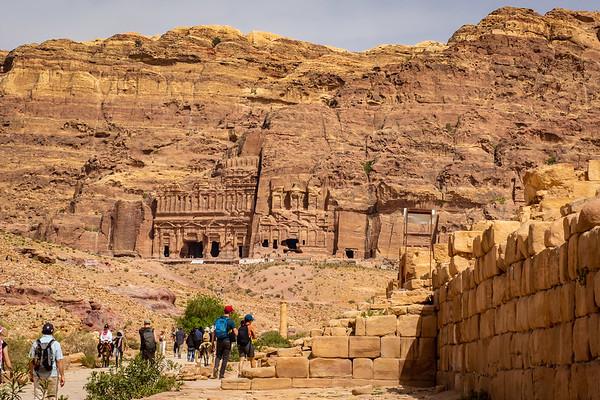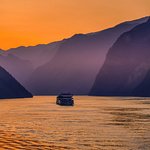As the highest point in the old town of Jerusalem, Mount Zion has witnessed several events that defined the course of history in the Holy Land. These events include the Last Supper, the falling asleep of the Virgin Mary, and the Council of Jerusalem, but the interpretation of Mount Zion goes much further than that. Let us take a look at this broad hill and the magnificent landmarks erected on top of it.
THE MEANING OF ZION
Zion appeared not only in the Hebrew Bible but also in various dictionaries. What’s also interesting is that the word was used to define different locations, which is why Mount Zion is also known as The Mountain That Moved.
The first mention of Zion appeared in The Book Of Samuel (5:7) during the 6th century BC. It referred to the Jebusite Fortress on the hill across the Temple Mount. Because David conquered the fortress, it was also called the City of David.
We can also see the word siyyon, meaning castle, in Semitic written records. In Arabic languages, a lot of words seem to have connections to the word Zion. For instance, siyya means dry land, and sana means citadel. Another suggestion was that Zion may have derived from seyah in Hurrian, which meant river.
THE LOCATION
As we stated before, the exact location of Mount Zion changed throughout history. During the time of David, Mount Zion corresponded to the Lower Eastern Hill of Jerusalem, where the Jebusite Fortress was situated. However, the territories of Mount Zion expanded towards the Upper Eastern Hill upon the construction of the First Temple or the Temple in Jerusalem.
Eventually, the Book of Isaiah, the Book of Psalms, and the First Book of Maccabees included the entire Upper Eastern Hill’s Temple Mount in their description of Mount Zion.
On the other hand, today’s interpretation of Mount Zion is entirely different. Due to the westward expansion of Jerusalem, Western Hill became more significant and deserving of the name Zion.
Overall, it is still tricky to draw the exact borders of Mount Zion.
BIBLICAL SIGNIFICANCE
The Old Testament
Initially used only for the Jebusite fortress, Mount Zion gradually acquired a more holistic meaning.
The first reference about Mount Zion is from 2 Samuel 5:7, describing the fortress of Zion as the City of David. After the construction of the Temple in Jerusalem, Mount Zion became not only the seat of power in Israel but also a symbol of the Lord’s power. The Book of Psalms grants a higher value for Mount Zion, as 2:6 describes it as the Lord’s Holy Mountain.
He has set his foundation on the holy mountain; the LORD loves the gates of Zion more than all the dwellings of Jabob.
Glorious things are said of you, O city of God.
Meaning that the City of David was eventually considered the City of God. In Isaiah, it was used in a broader context to refer to Jerusalem as a whole in the following phrase: “Get you up to a high mountain, O Zion, herald of good news; lift up your voice with strength, O Jerusalem, herald of good news; lift it up, fear not; say to the cities of Judah, Behold your God!”. The book of Isaiah also indicated that the people staying in Zion would be called holy and that the Lord was going to send gifts for them (Isaiah 4:3, 18:7).
The New Testament
The use of Zion as the holy Jerusalem has passed down to The New Testament, particularly in the books of Matthew, John, and Paul.
One of the most significant events on Mount Zion took place at Cenacle or the Upper Room. Jesus held the Last Supper with his apostles on the night before his crucifixion. Although there are still speculations regarding the exact location of the Last Supper, monks and historians link the Upper Room described in the Gospel of Luke to the Cenacle. According to Luke 22:7-12, Jesus directed Peter and John to the large furnished room upstairs in the Cenacle for preparations.
Another memorable event, the first encounter between Peter and Jesus after the resurrection, took place on the eastern slopes of Mount Zion. The Gospel of Matthew 26:69-75 describes Peter’s triple denial of Jesus, followed by instant regret and their reconciliation.
There are two possible locations determined for the falling asleep – or the death – of the Virgin Mary. One of them is Ephesus in today’s Turkey, but the early Christian belief indicates that the event took place at the top of Mount Zion in today’s Church of the Dormition.
LANDMARKS ON MOUNT ZION
Judging from the biblical events we covered above, Mount Zion is one of the must-see destinations of the Holy Land Tour. You will find many magnificent churches erected on the sites of these events.
The Cenacle – Room of the Last Supper
In Catholic tradition, Cenacle is considered the first Christian Church. The upper floor of the two-story structure is the place where the Last Supper took. Cenacle also witnessed the coming of the Holy Spirit on the Apostles. Archeological findings of graffiti with the carvings of Jesus’ name supports the traditional belief that it was the first Christian church.
The Tomb of King David underneath the Cenacle is one of the holiest Jewish sites on Mount Zion. Although the tomb is empty, there is a shrine dedicated to David.
The Cenacle underwent renovations and expansions throughout history, including the minaret and dome of a mosque built during the Ottoman Rule.
The Little Church of God
Underneath the Cenacle, there is a secret room that many people are not aware of. It was used by the disciples as a hiding place to escape from the persecution since the Upper Room was no longer safe.
When most of Jerusalem and Mount Zion was destroyed, the room remained hidden under the ruins, only to be discovered by the returning Christians a few years later.
Very little was known about the church until writings of historians like Hegesippus and Epiphanius of Salamis were discovered. Hegesippus stated that the room served as a church for the early followers of Jesus. It wasn’t easy for many Christians, as they had to go on a dangerous journey through the Roman camps near the Jaffa gate. Many of them were executed by the Romans as a result.
Epiphanius gave a detailed description of the place, including the Apse facing Golgotha, the water cisterns, the stairs leading down and the Pottery Graffiti on the wall with the Menorah and the fish on it.
Church of St Peter in Gallicantu
Church of St Peter in Gallicantu was built on the eastern slopes of Mount Zion. It is where Peter denied the resurrected Jesus three times before reconciling with him. The church consists of four levels, the uppermost church, the middle church, the guard room, and the prison cell. The upper level contains the courtyard where the denial took place. Here, you will find statues dedicated to the event, as well as mosaics illustrating the questioning of Jesus by the high priest Caiaphas.
The middle church below contains the house of Caiaphas, as well as French inscriptions about Jesus and St Peter as the first pope.
The lower two floors are the guard room and the dungeon. In Christian belief, Jesus was held captive in this dungeon on the night before his crucifixion. You can join guided tours to visit the prison cell and make sense of the items inside.
You should also pay attention to the steps outside the church. Archeologists predict that Jesus and his disciples descended these steps on the way to Gethsemane after the Last Supper.
Church of the Dormition
Church of the Dormition is located near the summit of Mount Zion. Despite other possible sites, the traditional Christian belief dictates that Virgin Mary fell asleep in this church. The top floor is home to a life-size statue of Mary lying on her deathbed. The ceiling above is worth examining because of the mosaics that belong to the women of the Old Testament: Eve, Miriam, Jael, Judith, Ruth, and Esther. Although the church received damage in the mid-20th Century, it underwent a successful renovation in the 70s.
Chamber of the Holocaust
An interesting site to visit besides the churches is the Chamber of the Holocaust, which is the first Holocaust museum in Israel. Built in 1949, the museum contains ten exhibition halls with various rooms. The tombstones in these halls are dedicated to 2000 victims of the holocaust. With several artifacts brought from the concentration camps in Poland, the museum is nothing short of Auschwitz in terms of delivering the traumatizing experience.
Schindler’s Grave
One of the most popular sites on Mount Zion is the grave of Oskar Schindler, the Nazi Party member who saved the lives of over 1000 Jews during World War II. You can find the grave in the Catholic Cemetery.
The Protestant Cemetery
Owned by the Anglican Church Missionary Trust Association Ltd, The Protestant Mount Zion Cemetery contains the graves of notable people, such as bishops of Jerusalem, missionaries, architects, and archeologists.
Further Information
Have any further information you want to know? Or looking for the perfect tour in Mount Zion? Let us know!
https://holylandviptours.net/contact-us/
Subscribe for Deals & Offers
Recent articles
Book a tour
Visitors Share Their Experience
Highest recommendations to use Holy Land VIP Tours! Our family of five wanted to visit Jerusalem and surrounding Christian sites but wanted to be on our own, without a large travel group.
We traveled with Holy Land VIP tours and Daniel was our guide. We felt very safe, and our accommodations were excellent. We were able to visit all of the Christian Holy Land Sites.
Daniel was able to take us to all the places we wanted to go and enable us to get into many places because he knew someone! He is very knowledgeable and accurate in the places.
Daniel and his Holy Land VIP Tours team were superb in all regards. We had a customized and flexible 7-day tour of Israel, including the northern coast, Galilee, Golan, etc.

Tripadvisor Certificate of Excellency
2017-2019
Bryan Hubert Hendriks
Travelers’ Choice Award
2020 & 2023

